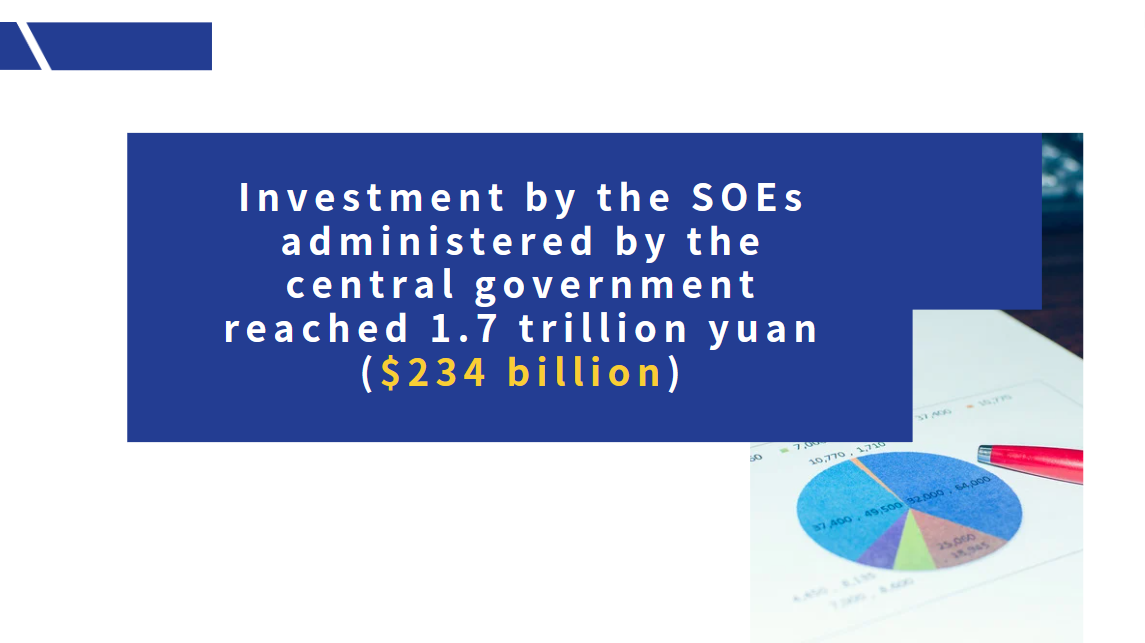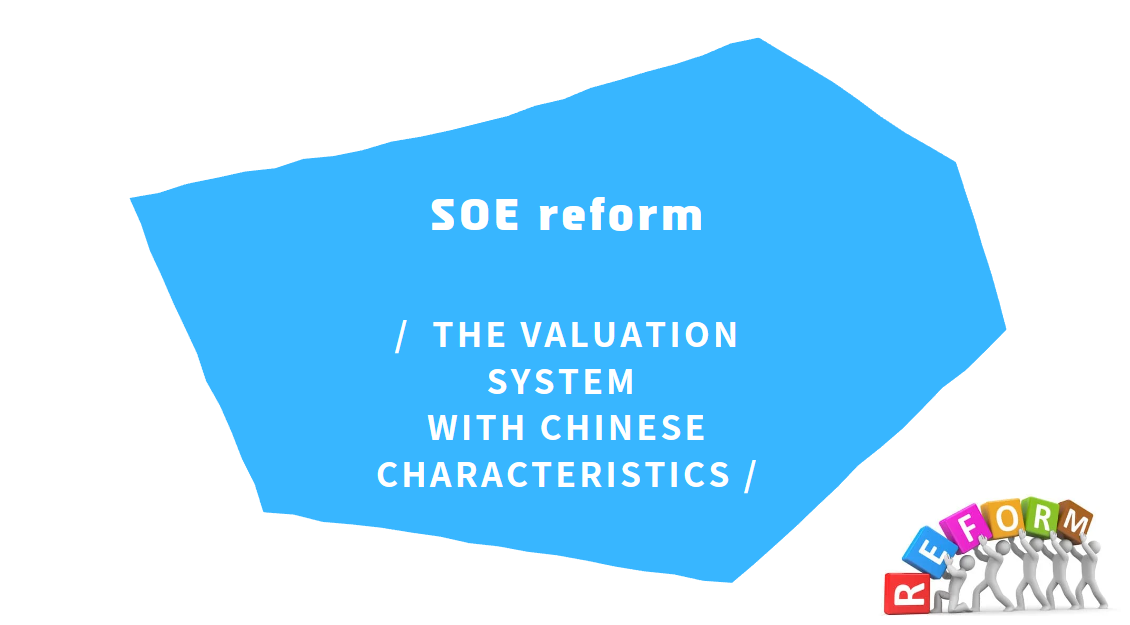Unlocking Success: How Different SOE's Ownership Models Can Drive Effective Service Delivery
State-owned enterprises (SOEs) have the potential to drive economic growth by balancing commercial and public policy objectives. In the Middle East and North Africa (MENA) region, SOEs operate across diverse sectors, including primary industries, transportation, manufacturing, and finance. These enterprises often have varying goals, ranging from supplying goods and services, operating in sectors with natural monopoly characteristics, to supporting national strategic interests or social policy objectives.
Amid the current economic turmoil, governments are increasingly relying on SOEs to mitigate negative economic effects through their interventions. However, limited fiscal space and escalating public debt have intensified pressure on SOEs to enhance efficiency or withdraw from the markets altogether. As a result, the issue of SOE reforms has become a prominent concern, particularly with regards to ownership models and the associated efficiency gains.
SOE ownership models and management arragements can be classified into several forms, including centralized, coordinating agency, twin track models, separate track model, dual ownership, and decentralized ownership models. These models differ in terms of the level of centralization or decentralization, the number of responsible owners and management agencies involved, as well as their respective processes and procedures. The objective of all these models is to address political, financial, regulatory, and managerial challenges associated with SOE operations, while also ensuring a certain level of service quality and mitigating fiscal risks. However, the impact on SOE performance and market outcomes can vary significantly depending on additional factors. These factors include the effectiveness of SOE governance, as well as policies that promote market discipline and a fair competitive environment.
International good practices indicate a growing inclination towards centralization of the state ownership function. In a centralized ownership model, a single decision-making entity assumes the role of the shareholder for all companies and organizations controlled or owned, directly or indirectly, by the State.
This entity can take the form of a specialized ownership agency or a designated government ministry. The central body is responsible for setting financial targets, addressing technical and operational matters, and monitoring the performance of SOEs. Several countries, such as Chile, China, Colombia, Peru, Russia, and South Africa, have adopted this centralized ownership model as a part of their SOEs' governance framework.
Some countries have taken significant strides towards centralization of ownership by transferring a portfolio of large or strategically important SOEs to a state holding company or sovereign wealth fund. These entities subject their portfolio of enterprises to more rigorous performance expectations, often emphasizing purely commercial considerations. Research indicates that in China, when SOEs were placed under the control of the state-holding company SASAC, there was an improvement in their performance. However, other research has shown that the presence of state-owned holding companies in China resulted in the government extracting value from publicly traded SOEs. In Latin America, research has shown that the establishment of central monitoring agencies reduced both cash flow and contingent liability risks in SOEs.
It showed that these agencies work towards reducing performance uncertainties and exhibit a better understanding of the liability levels of the SOEs they oversee.
Other types of ownership models and managing agencies exist, with different mandates. A coordinating agency can act in an advisory capacity to shareholding ministries on technical and operational issues, in addition to being responsible for SOE performance monitoring. Bulgaria, Costa Rica, India, Morocco, and the Philippines adopt this model.
The twin track model implies that two different government institutions exclusively exercise ownership functions on their respective portfolios of SOEs as per the case of Turkey. In a separate track model, a small number of ownership agencies, holding companies, privatization agencies or similar bodies owning portfolios of SOEs separately as in the case of Kazakhstan and Malaysia.
When countries present dual ownership, two ministries or other high-level public institutions jointly exercise the ownership. This is the case where different aspects of the ownership functions are allocated to different ministers – e.g., one ministry is responsible for financial performance and another for operations, or each ministry appoints a part of the board of directors. Brazil, Croatia, Czech Republic, Estonia, Indonesia, and Romania adopt this model.
In a dispersed ownership model, many government ministries, or other high-level public institutions exercise ownership rights over SOEs (in the absence of a coordinating agency as per the case of Argentina, Mexico, Saudi Arabia, Tunisia, Ukraine. Dispersed SOE ownership in Central, Eastern, and Southeastern Europe countries was found to have affected the implementation of government ownership functions, and potentially the formulation of sectoral policies. Such ownership models may lead to “regulatory capture,” because the regulator and the owner of SOEs is the same government agency, endangering the principles of competitive neutrality.
Overall, centralization is considered a good practice for several reasons. At the political level, it can help to separate state ownership and regulatory functions and minimize the scope of political interference. At the regulatory level, it can facilitate a uniform corporate governance policy. At the management level, it facilitates the definition of objectives, the implementation of incentives, the allocation of responsibilities, and the harmonization of operational policies. At the financial level, centralization creates economies of scale and helps promote greater efficiency within the public administration.
Evidently, for any ownership model to succeed in delivering the SOE objectives, the Government should play a key role in creating the right environment through market discipline for SOEs to fulfil their economic and social policy objectives. Therefore, clarifying SOE economic rationale with explicit mandates, focusing scarce resources on areas with the highest social and financial impact, considering divestment options in the case of underperforming SOEs, and in case SOEs stay in markets, adopting holistic SoEs governance and market reforms to ensure competitive neutrality are inevitable. International good practices can inform to approaches to SOE reforms in the MENA region and beyond.
Authors: Yara Salem, Nadir Mohammed, and Georgiana Pop





















































First, please LoginComment After ~